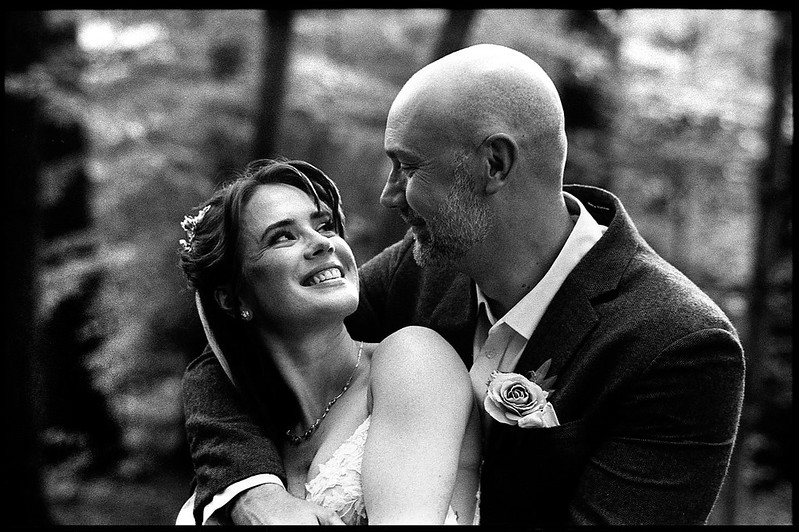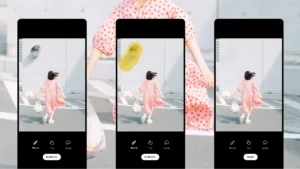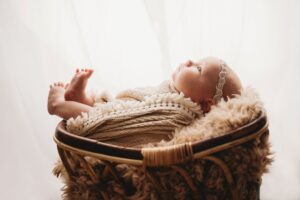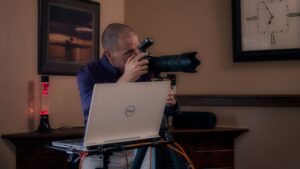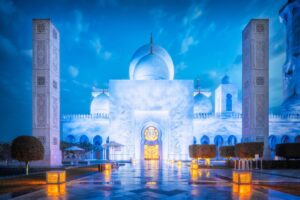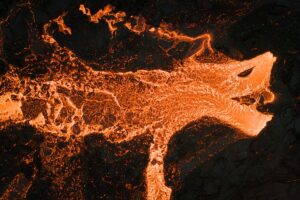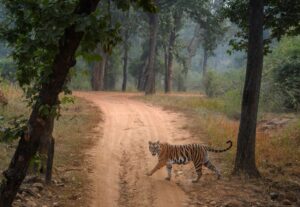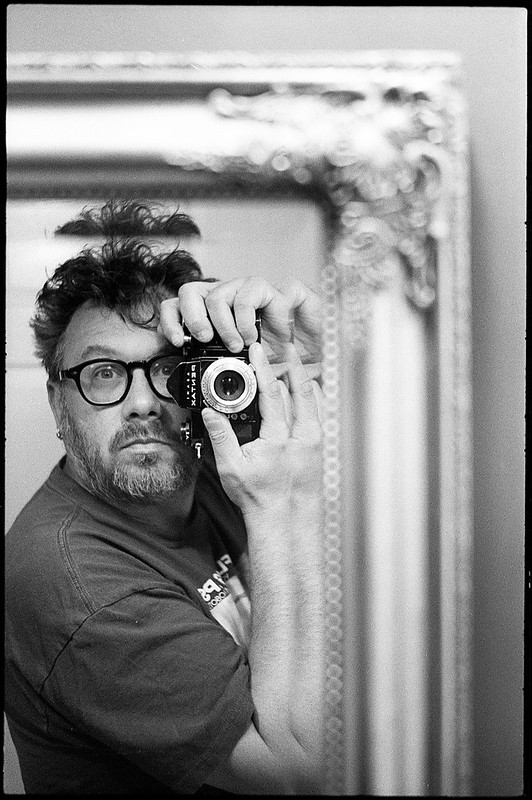
I think photography by itself is, you know, a medium of honesty… it’s documenting something that’s in front of the camera… you’re recording light that bounced off of a real thing.
Johnny Martyr
You can also listen to this episode with Johnny on iTunes, Pocket Casts, Spotify, Castbox, and Google Podcast
Engage, inspire, and grow with our photography group: Join our photography forum and interact with the host, Perrin, gain access to monthly photo contests, discover daily inspiration, and much more!
Interested in contributing? Visit our Supporter page to find out more.
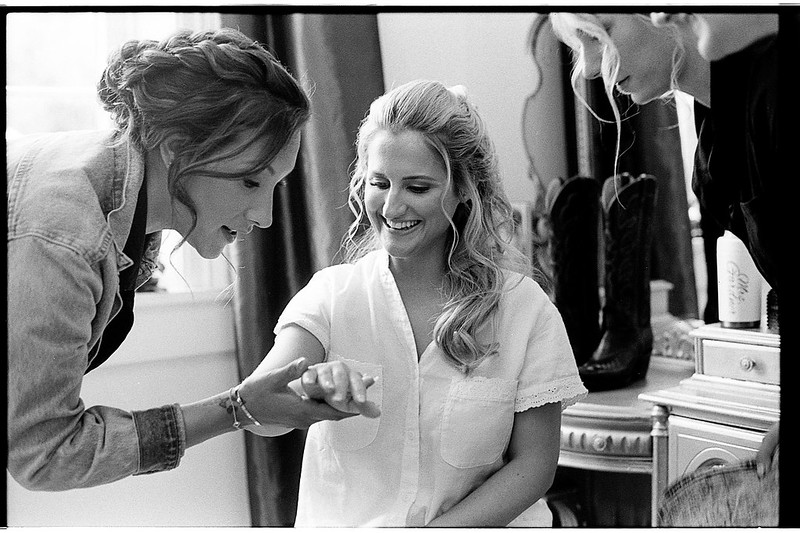
Johnny Martyr didn’t fall in love with photography through a classroom or a camera store. It started on a high school field trip, watching his girlfriend shoot black and white film on a clunky Pentax K1000. She whispered something about needing to “breathe carefully” to steady the slow shutter. That small moment-half technical, half poetic-stuck with him. For him, it wasn’t just about capturing an image. It became about feeling the medium, letting the camera become part of the experience.
Since then, Johnny’s walks a path as a full-time film photographer in a digital world, and not quietly, either. He’s vocal about why he chooses 35mm film, even when others have called it inefficient, inconvenient, or obsolete. For him, grain isn’t a flaw; it’s texture. And black and white isn’t a limitation; it’s an invitation to see the message more clearly. His work is all about moments, whether they are shot at weddings, comedy shows, or even activist events; there is still a timeless grit to it. One could even call his style cinematic, intimate, and unapologetically analog.
In this episode, Johnny opens up about how film became his artistic north star, how he and his wife built a photography business that balances their creative vision with what their clients want, and why he believes photography should be rooted in truth, even if it’s not always “realistic.”
Here’s some of what we get into:
- The physicality and emotional pull of film photography and why Johnny never left it behind
- What “reductive photography” means to him, and how it shapes his black and white compositions
- How he navigates the wedding industry as a documentary-style film photographer (with help from his digital-shooting wife)
- Why authenticity matters more than automation and how that plays out in everything from his gear to his editing process
- The resurgence of analog mediums, and what that tells us about the way people want to feel again
Johnny’s story is equal parts philosophy, hustle, and heart. If you’re deep into film, curious about what truth means in images, or just want a peek behind the scenes of an unfiltered creative life, this episode has something for you. Enjoy!
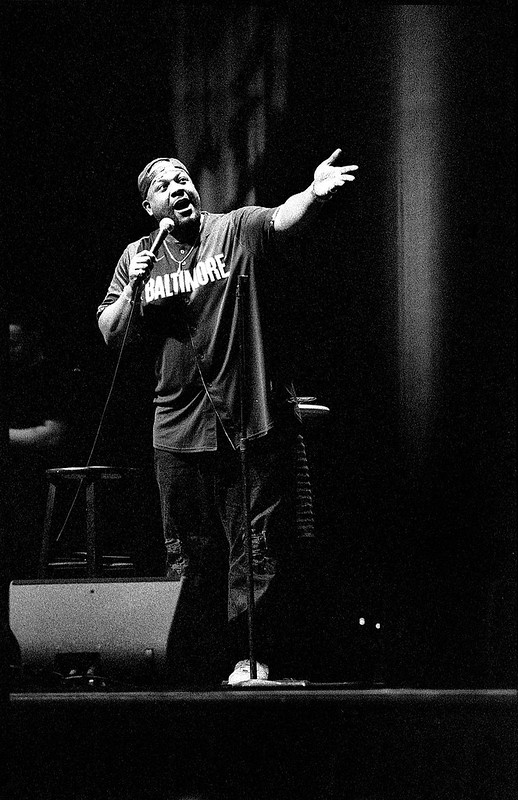
Q: What draws you to rangefinder cameras? Why do you love them so much?
Johnny: Rangefinders are really cool because they’re tied directly to the success of 35mm photography-Leica started the whole thing. I started with SLRs, but when I finally got to handle a Leica, I fell in love. Rangefinders make you more aware of your subject’s distance-you think about zone focusing instead of letting the camera do everything. It’s a very different, more intentional experience.
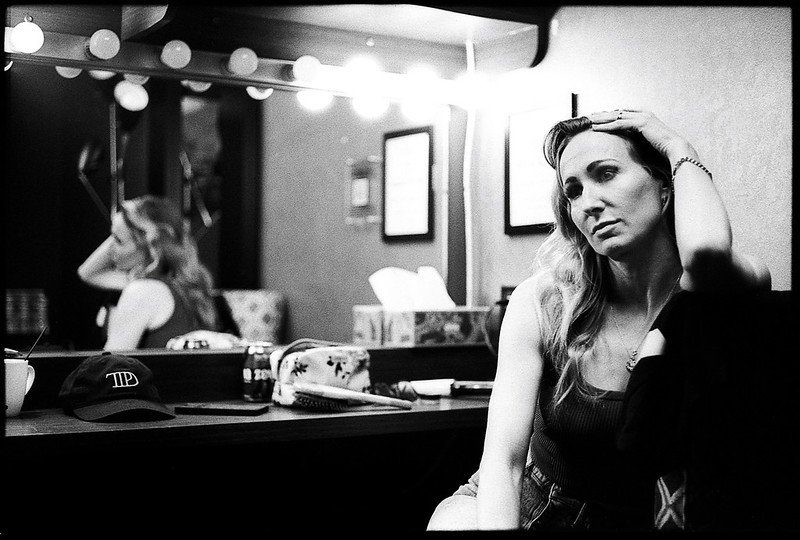
Q: How does shooting in film influence how you take shots? Are you more intentional in your composing?
Johnny: Yeah, absolutely. I’m trying to go for honesty. Photography, by nature, is about recording light that bounces off real things, it’s inherently truthful. With film, you can’t manipulate it as easily as digital, so there’s a lot more thought that goes into composition. I try not to crop or heavily edit. I’ll even leave the sprocket holes in some images to show, “Hey, this is film-this is the full story.”
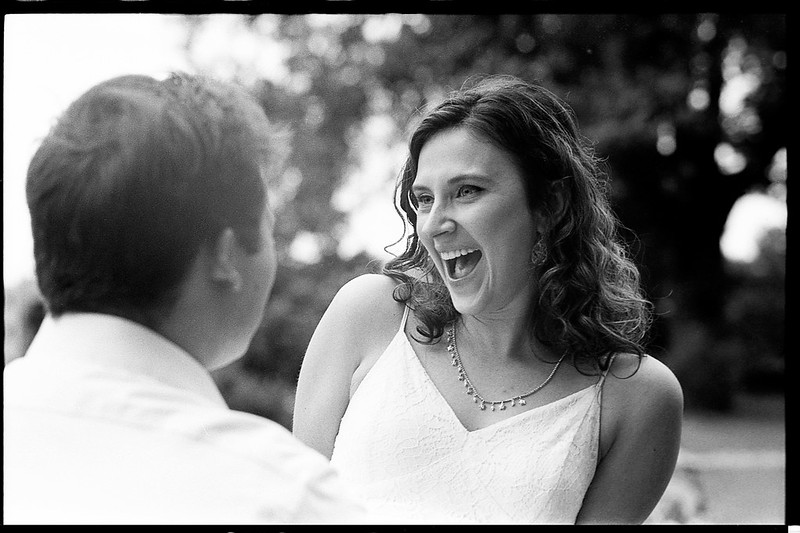
Q: For anyone who is interested in starting film photography, especially in this day and age where digital still dominates the market, what advice would you give them?
Johnny: I’d say be careful not to get distracted by the gear. It’s easy to go down the rabbit hole of collecting and repairing vintage cameras, but that takes you away from actually taking photos. People ask, “What camera should I buy?” but that’s the wrong question. It’s more important to think about what kind of photos you want to take and choose something that works and fits that need.
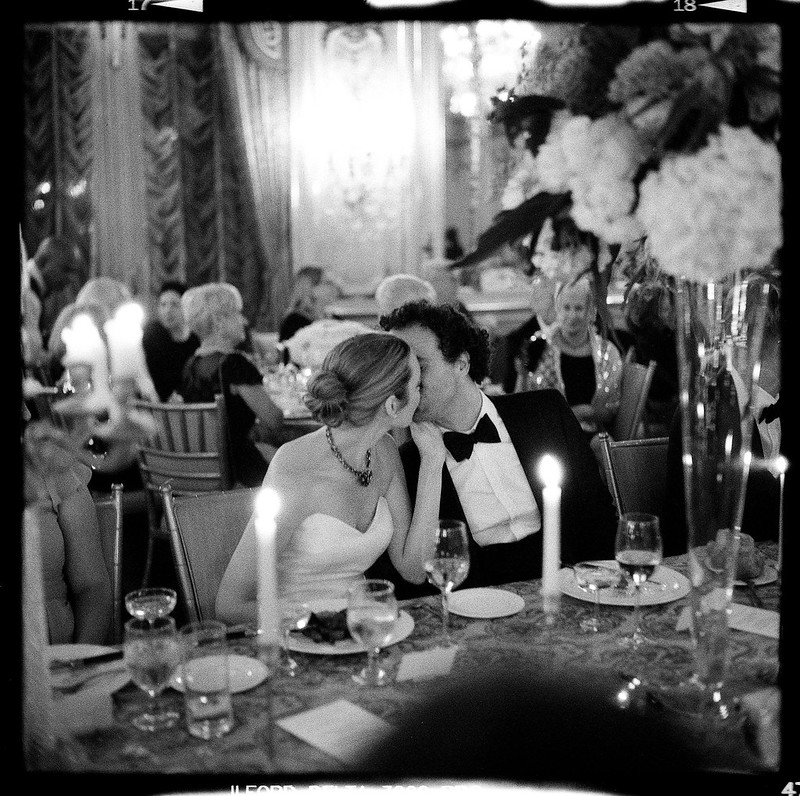
🔗 Connect with Johnny Martyr
🧭 What We Talked About
🎼 From Museums to the Darkroom: Johnny’s Creative Origins
- Johnny’s film journey began in the late ’90s after a museum trip with a girlfriend wielding a Pentax K1000 and a roll of 400-speed black and white film.
- Seeing a high school darkroom print for the first time was a pivotal, almost magical moment.
- Drawn to film’s tactile nature, Johnny was captivated by the intentionality and physicality it required.
📖 Reductive Photography and Honest Storytelling
- Johnny embraces a self-coined philosophy of “reductive photography” – working in black and white, minimizing distractions, and removing color, flash, and even some post-processing.
- He’s more interested in creating truthful images that embrace the imperfections and biases of the medium.
- “I’m not trying to remove the medium from the image,” he says. “I want the film to have a say in the final picture.”
📷 Cameras, Constraints, and Johnny’s Gear Choices
- Though associated with Leica rangefinders, Johnny also shoots SLRs like the Nikon F2 for longer focal lengths.
- Emphasizes big grain, often choosing to amplify texture in scans rather than suppress it.
- Digitizes his film but resists excessive Photoshop – “I only do what I could do in a darkroom.”
- Recently revisiting flash photography, especially for events like Nikki Glaser’s comedy tour.
🔁 Building a Business with Film – and With Stephanie
- Johnny and his wife Stephanie run a studio together, blending film and digital to meet varied client needs.
- While he focuses on candid, unposed moments, Stephanie excels at posed portraits and digital volume.
- They balance each other’s strengths: “She fills in the gaps where I don’t do well,” Johnny says.
- Clients include celebrities like Nikki Glaser, as well as gigs photographing Bill and Hillary Clinton.
💬 Advice for New Film Photographers
- Beware the distraction of gear collecting – too many get stuck in repair rather than creating.
- Start with whatever works. “Don’t ask what’s the best camera – ask what inspires you,” he suggests.
- Emphasizes the need for better education around film basics, and hopes to offer more resources on his blog in the future.
🌍 People, Tools, and Places Mentioned
- Photographers: Henri Cartier-Bresson, Beth Garrabrant (Taylor Swift’s photographer), Paolo Ciccone
- Gear: Leica M3, Voigtländer Perkeo, Nikon D3, Yashica rangefinder
- Film community nods: Johnny contributes to blogs and forums and is active in the Night of the Living Dead film community
🔮 What’s Next for Johnny
- Currently in the “middle of the grind” with a full slate of weddings, musician shoots, and celebrity work.
- Exploring new creative directions like slow-sync flash and more cinematic event photography.
- Continues to emphasize handcrafted, intentional work – and aims to always keep learning: “If I’m not learning, something’s wrong.”


